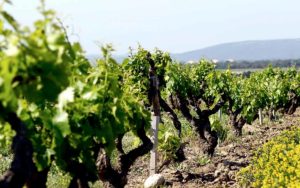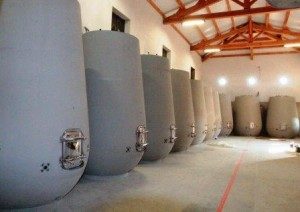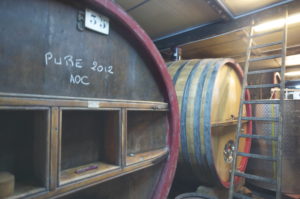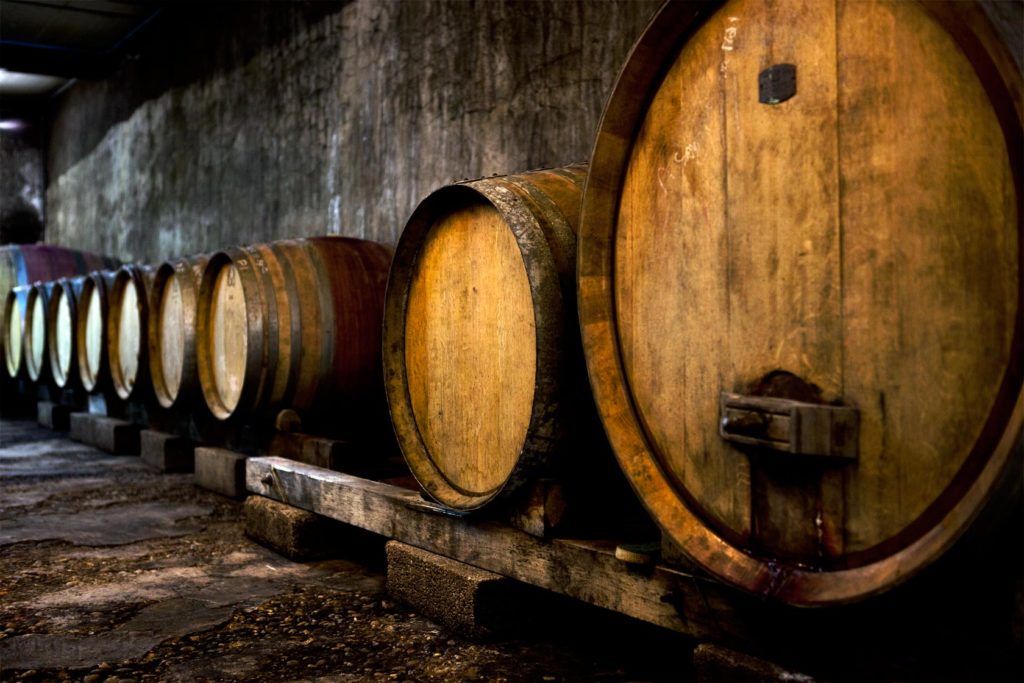This week we will pour one wine only from the large format bottle, the Domaine la Barroche Châteauneuf-du-Pape ‘Pure’ 2016, from a 6-Liter Methuselah.

Domaine la Barroche
For some enlightenment on the wines of the Southern Rhône, we reached out to David Gordon with some questions on the state of the region.
David is the long-time Wine Director of Tribeca Grill, Vice-President of David Bowler Wines and one of the Chef Sommelier of La Paulée. Also, in 1978, David was the starting point guard for the Madison High School basketball team.
He has also been a long-time advocate for the wines of the Southern Rhône. So much so that in May 2018, David received the prestigious award of being granted an honorary citizen Châteauneuf-du-Pape. He is one of only three Americans to ever have this honor. The others, by the way, are Robert Parker and Park B. Smith of Veritas.
Please find our interview with David Gordon below, and we hope to see you over for a glass of Châteauneuf-du-Pape this week!
You have been a big advocate for the Southern Rhône for the entirety of your career, what is it about the region that has held your attention for so long?
DG: The vineyards of Châteauneuf-du-Pape are unique and varied. They are famous for the pebbles and stones that take in the sun all day and reflect it back into the soil at night to help with even ripening. But they also have sandy soils that are great for Grenache, the dominant grape variety. There are many organic vineyards and many planted to old vines which yield concentrated wines. I also love the flavor and style- full bodied, ripe kirsch fruit and a touch of Provençal spice and earth. We are fortunate because we have three great vintages available to us now-2015, 2016 and 2017 with 2016 being the best vintage since 1990.

The Vineyards of Châteauneuf-du-Pape
The Northern Rhône is enjoying a fashionable moment amongst the sommelier set, while the Southern Rhône has perhaps been left behind. Do you agree? And why do you think this is? And why should these sommeliers look again at appellations like Châteaneuf-du-Pape, Vacqueyras & Gigondas?
DG: I agree that Northern Rhône has become a darling of the sommelier community, and I love those wines as well, but the regions are much smaller and therefore the best wines are hard to come by and the prices have risen rapidly. Southern Rhône wines offer better value, and are more widely available. Perhaps the natural high alcohol of Southern Rhône turns off some sommeliers but the wines are better than ever-balanced and fresh. Many producers add stems during fermentation like the Northern Rhône producers.
In speaking with you over the past year, on separate occasions, you have mentioned your excitement about Domaine la Barroche. They hold prime parcels in the northeast of Châteauneuf, and have some very, very old vines. What else moves you about this grower?
DG: Julien Barrot is one of the exciting young winemakers in the region. His family had been making wine and selling it to other producers for decades before he took over in 2002. Since they began estate bottling, the quality has soared. He farms organically, ferments in cement, uses only large old oak for his Grenache and only native yeast. His style is elegant, with great concentration and delicacy.

David Gordon and Julien Barrot

Cement Fermentation
There are many different growing zones in Châteauneuf-du-Pape. Where Hermitage, Cornas, Côte-Rôtie in the Northern Rhône are tiny and more precise in terms of terroir, Châteauneuf is large and varied. What role does growing zone play in Châteauneuf-du-Pape?

Vigne Sable
DG: Châteauneuf-du-Pape is almost always a blend of vineyards and grapes. Most producers own parcels in several vineyard areas. As I mentioned, there are many different types of soils from sandy to stony. This gives complexity of flavors and allows for adjusting the blend of grapes when there is vintage variability.
Tell us about the Cuvée we are pouring this week, the Domaine la Barroche Châteauneuf-du-Pape ‘Pure’ 2016.
DG: This is one of my favorite wines and it is rare to see it in large formats. It is 97% Grenache from sandy soils next to the Rayas vineyard. It is from very old vines, has great concentration and a purity of fruit that is unmatched. This particular vintage is the best I have ever had of this cuvée, which makes up less than 10% of their total production.

Barrel of Pure
